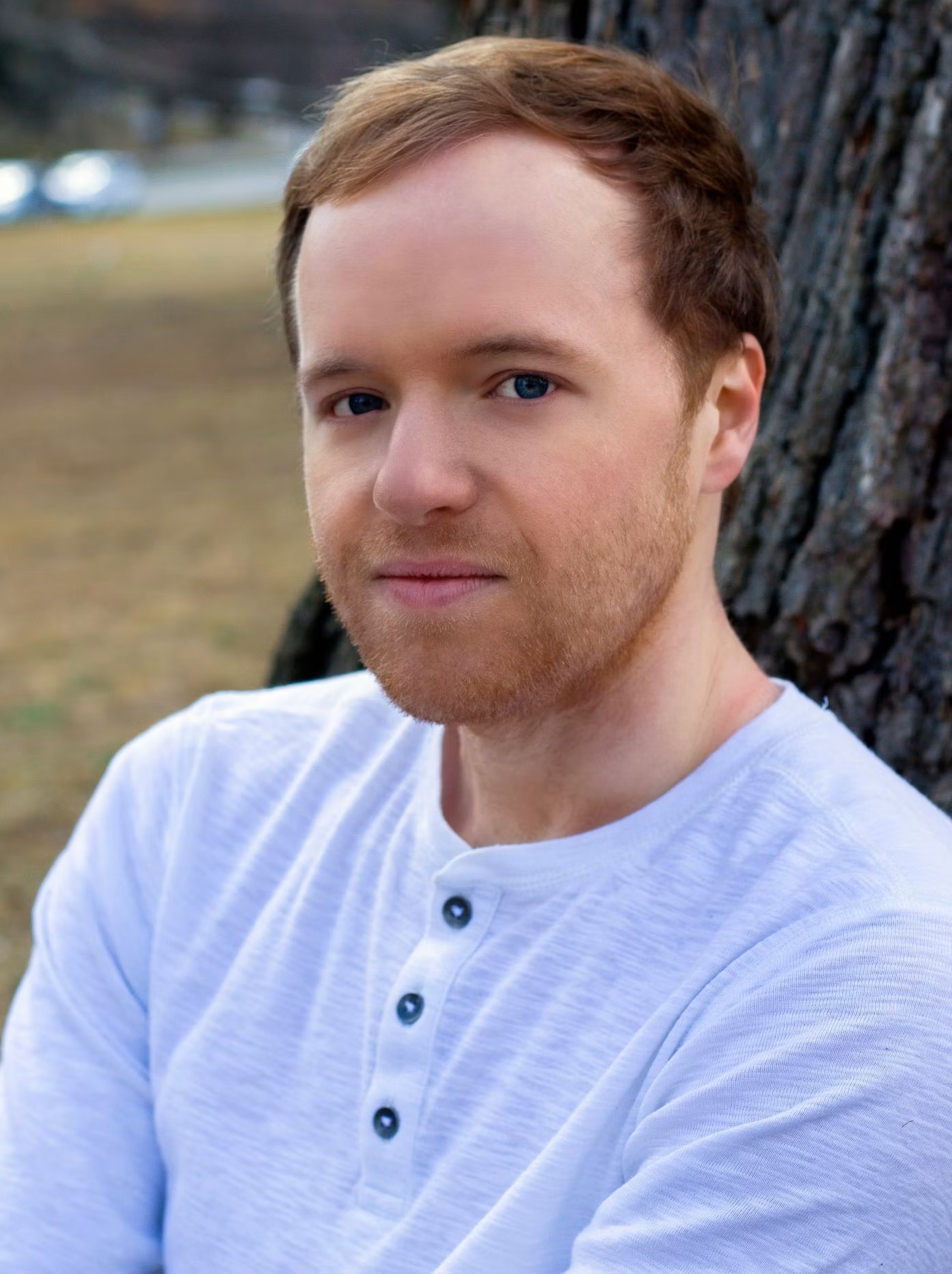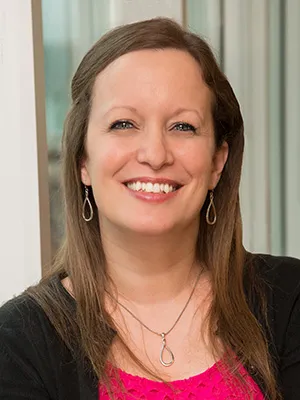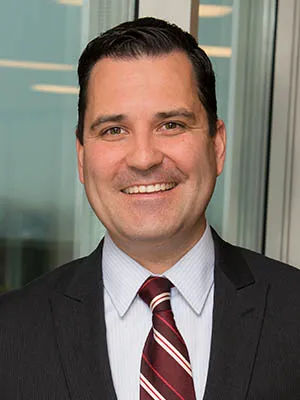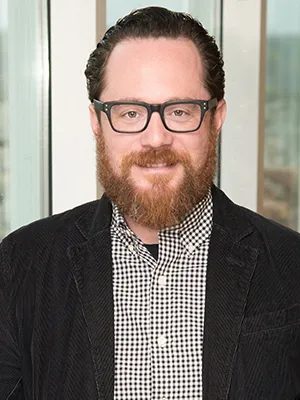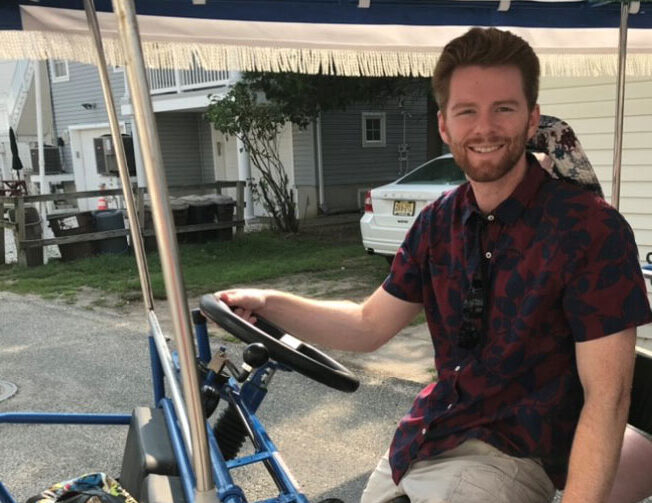What You Will Learn
Effective communication is the cornerstone of personal and professional success. The Associate of Arts (A.A.) degree program in Communication at CCM begins with providing you with a strong foundation of basic communication skills that are then applied to advanced studies along with an in-depth education media theory. From culture and entertainment to advertising, film, journalism, media production and public relations, this program prepares you for excellent career opportunities in many fields.
If you have a specialized interest, you can choose to concentrate your degree in one of two tracks:
- Public Relations
- Film
The Public Relations track prepares you for strategic, crisis and organizational communication in the workforce. Through this course of study, you will gain a better understanding of media relations, analyzing case studies and conducting research. At CCM, you will become best prepared for an internship or a career within the public relations industry and also to transfer to a four-year institution in pursuit of a bachelor’s degree if you desire.
Through careful study of cinematic storytelling, the Film track is designed to provide you not only with the skills to write a screenplay, but also with the mastery of adaptation, story structure, character development and dialog necessary to write your own feature film.
Curriculum
The Communication program features a 15-credit core with courses in communications, mass media and journalism, plus six credits for electives, also depending upon the desired track.
Electives in the Public Relations track include An Introduction to PR and Advertising and Society. Film track electives consist of An Introduction to Film and Screenwriting.
Careers in the Field
Achieving an associate of arts degree in communication from CCM is a perfect starting point for creative careers in many fields, including:
- Advertising and Marketing (Sales and Campaign Development)
- Film (Film History, Screenwriting and Production)
- Multimedia Journalism (Multimedia Writing, Reporting and Editing)
- Public Relations (Promotion, Strategic Communication, Political Communication and Crisis Management)
- Social Media Management (Network Development and Viral Marketing)
CCM graduates from this program have successfully transferred to four-year state colleges and universities in New Jersey, as well as to other public and private universities. Multiple agreements of articulation, for ease of transferring credit, exist between CCM and other New Jersey institutions, including:
- Centenary University
- Fairleigh Dickinson University
- Montclair State University
- Rider University
- Rutgers Newark
- Saint Elizabeth University
- West Virginia University
- William Paterson University
CCM Transfer Services is here to help you with this seamless process.
Why Study Communication at CCM?
- All program-specific courses in the department are taught by full-time faculty with outstanding credentials and noteworthy professional achievements.
- Our professors regularly present their work at academic conferences and publish in peer-reviewed journals having edited books and other scholarly sources. They bring a wealth of experience to the program that translates into workforce preparedness for students.
- Newly renovated student facilities and workspaces provide students with professional experience starting in the classroom. Students work in a state-of-the-art, multi-purpose journalism classroom with access to the full Adobe suite.
- All communication students work in the Alex DeCroce Media Center. The facility features high-definition technology, a digital media editing classroom, a scenery work room, two studio control rooms, a “green room” for guests, and separate teaching and professional studio spaces, each equipped with green screen cycloramas to create a variety of background images for video.
Internships are readily available for second-year students with a competitive grade point average.
Paying for Your Communication Education
Earning an associate degree is a powerful investment that will pay off over the course of your life, in both increased earnings and job satisfaction. But what is the upfront cost, and how do you afford it?
There’s good news: Money is available to help you pay for school! Our Financial Aid staff can provide lots of information about the process of finding funds to help pay for your education.
Featured Courses
Advertising & Society
This is a survey course that follows the advertising industry from the early days of the Industrial Revolution through modern social media campaigns. There will be a strong emphasis on the cultural and societal effects of advertising messages on mass markets. There will also be a focus on advertising as a form of social communication, which has embedded impacts on socio-economic, political, and global communication. Students will acquire skills in media literacy and ethical reasoning with respect to advertising campaigns. By the end of the course students will be able to identify the current challenges to consumers and the advertising industry.
Introduction To Journalism
Instruction and practice in reporting and writing news stories across multimedia platforms. Topics include new media, writing, reporting, interviewing, researching, news judgment, Associated Press style, media ethics and media law. Students utilize computers in the classroom to research topics and complete assignments on deadline. The culmination of the course is an e-portfolio that utilizes a basic content management system and combines written articles with original photography. A one-time commitment of 3 hours of newspaper production is required.
Television Production I and II
This two-semester course introduces students to the basic operation of a television studio and the production process. Students learn techniques and develop skills in various studio functions including camera, switching, sound, lighting, teleprompter, scriptwriting and directing. Advanced skill include studio and remote producing, remote-location video shooting, digital editing, advanced special FX generation and switching, and set design via a “live on tape” production of an actual television program. Collaboration and teamwork are emphasized.
Your Communication Faculty Advisor
Associate Professor
Associate Professor
Associate Professor
